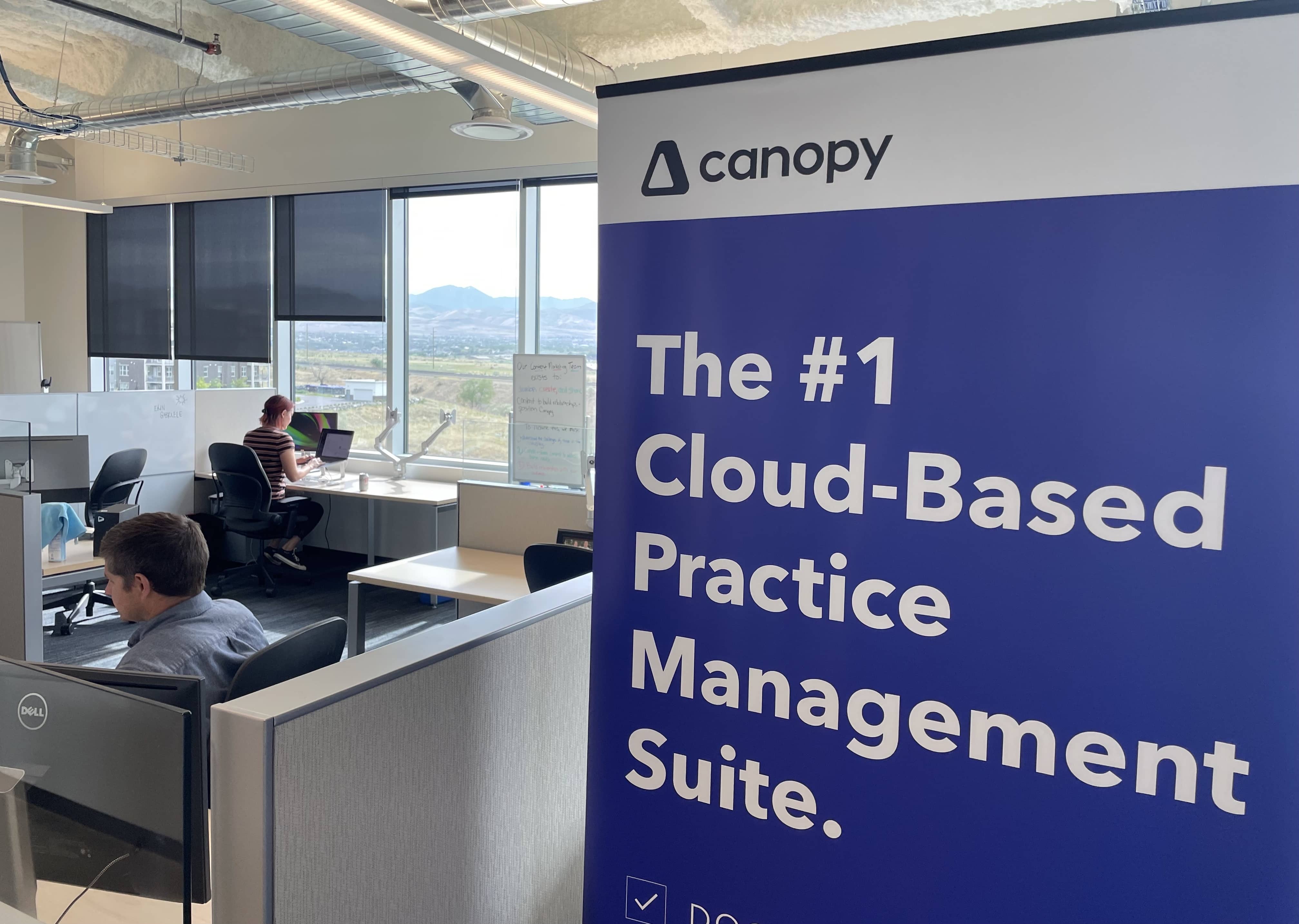Tax season is finally over and now it’s time to focus on some things that might have gone unnoticed during the busy season — like the important decision on how to adapt your workplace to the changing conditions of the COVID-19 pandemic. During 2020, most of you moved to a fully remote model. Many have returned to the office full time, while others are thinking about staying remote permanently or going to a work from home/in-office hybrid approach.
Curious about the most popular model? Well ... it’s the hybrid approach. A recent study found that 83% of employees in the U.S. feel that a hybrid approach is the best option moving forward. It makes sense that many of us enjoyed skipping a commute (and maybe working in our PJs!) but would also appreciate in-person collaboration as well.
Here at Canopy, we have been fully remote since the spring of 2020. Now, we’ve decided to transition back to the office. But, like much of the workforce, we aren’t saying goodbye to remote work altogether — instead, we’ve implemented a hybrid model in order to meet the desires of most of our team members. Our leadership team wanted to give our employees the autonomy they need to settle into a new work-life balance by offering two days a week to work remotely. The majority of our team members will work in the office on Monday/Wednesday/Friday and remotely Tuesday/Thursday.
And ... this very week, our back-to-the-office strategy began! As we get more experience under our belt, we’ll be sure to update you on any tips we find as navigating these new waters.
What is your firm doing? We’d love to hear in the comments. Still deciding? Here are some things to consider when deciding which work model approach is best for your firm:
Benefit package
Providing options to work remotely all the time or a portion of the time is an attractive option for employees today. With so many companies offering the option to work from home, the beach, or a coffee shop, it may very well become a perk that employees expect in an attractive employment package.
Legal And Tax Implications
Providing fully remote positions creates the possibility that some employees might want to work in different states or even other countries; this is no small feat to accomplish, given the complexities of employment laws, regulations and taxes — both for employment and sales.
Consulting with relevant professionals before making a decision on these matters can help you make an informed choice and feel confident in what you choose to do. Tip: Be honest with yourself about how much time and money you’re willing to spend addressing complex issues such as these. It may not be worth the tax hassle that comes with letting a team member work from the south of France, for example.
Bigger Talent Pool
While it might be complicated to employ people who live in different states, there are benefits as well — you now have a much larger talent pool to hire from. You can bring in people with different skills from all over the world and you are no longer limited to the small radius of your firm.
This is especially important in the accounting field, which is seeing a potential shortage of talent in the upcoming years. Did you know that 75% of AICPA members are eligible for retirement as we speak? Unfortunately, we’re not replacing those critical team members very efficiently. Studies show that there is low interest from millennials — just 5% of accountants are under the age of 25, compared to 12% across all industries. The ability to hire team members from across the country can help with this challenge.
Flexibility
Think about the circumstances unique to your firm — do you have clients or employees who live far from the office? For those cases, it might be best to schedule in-person meetings on a quarterly basis and stick to remote meetings for the rest. Flexibility is something increasingly expected in the modern world and it’s best to offer multiple solutions rather than try a one-size-fits-all approach.
Work Culture
Your firm’s culture is cultivated through the interactions of managers and employees. Most companies’ cultures have adapted as professionals moved to working from home. Instead of in-person activities, morale was maintained through virtual meet-ups. Now, as your firm might be looking to transition back to an in-office work, it’s time to consider how you want to establish the culture of your workplace.
In the end, it’s up to you which model works best for your firm. If you’re looking for more insight as you consider this decision, check out Canopy CEO Davis Bell’s Forbes article on the subject.









Get Our Latest Updates and News by Subscribing.
Join our email list for offers, and industry leading articles and content.